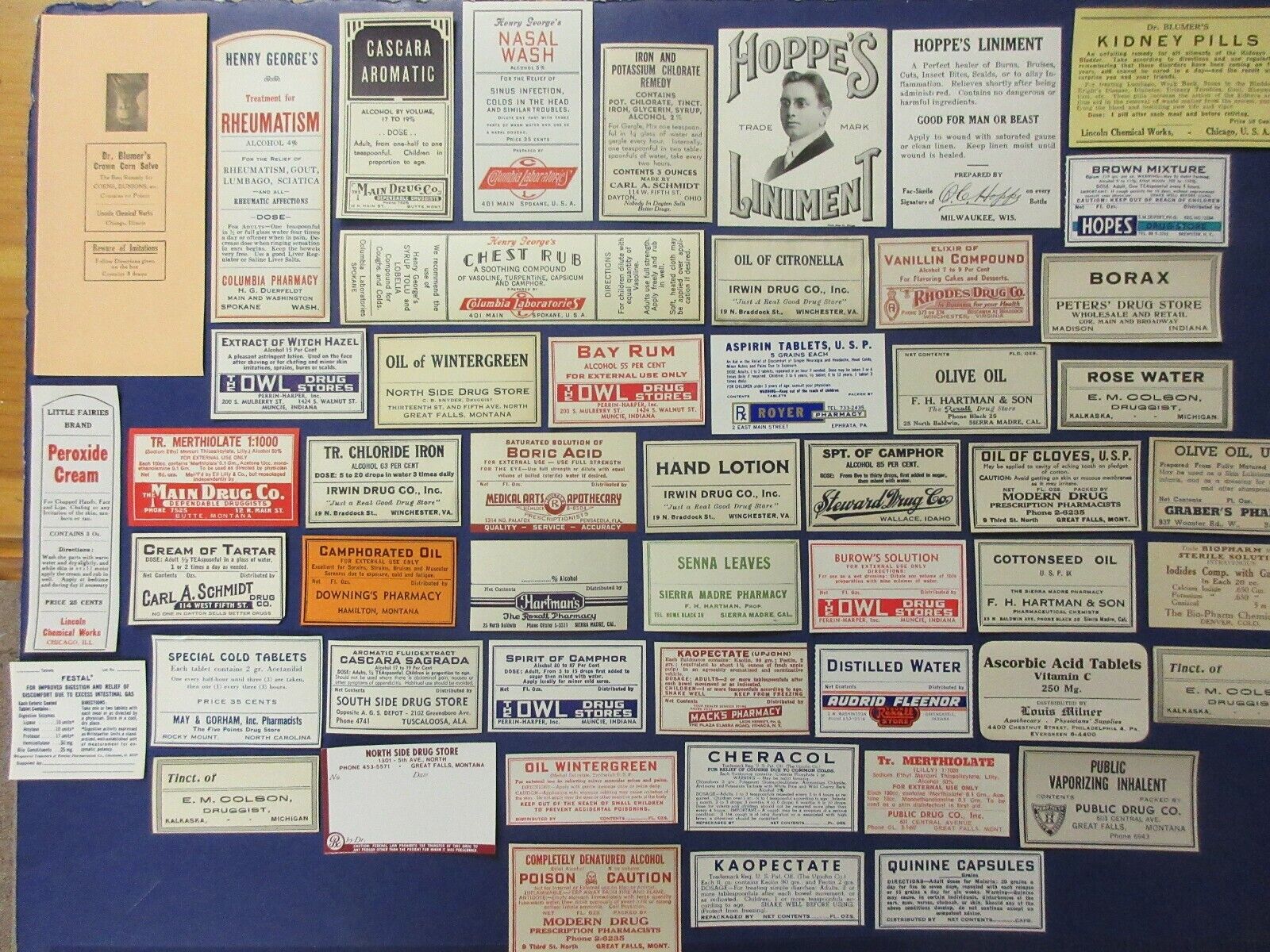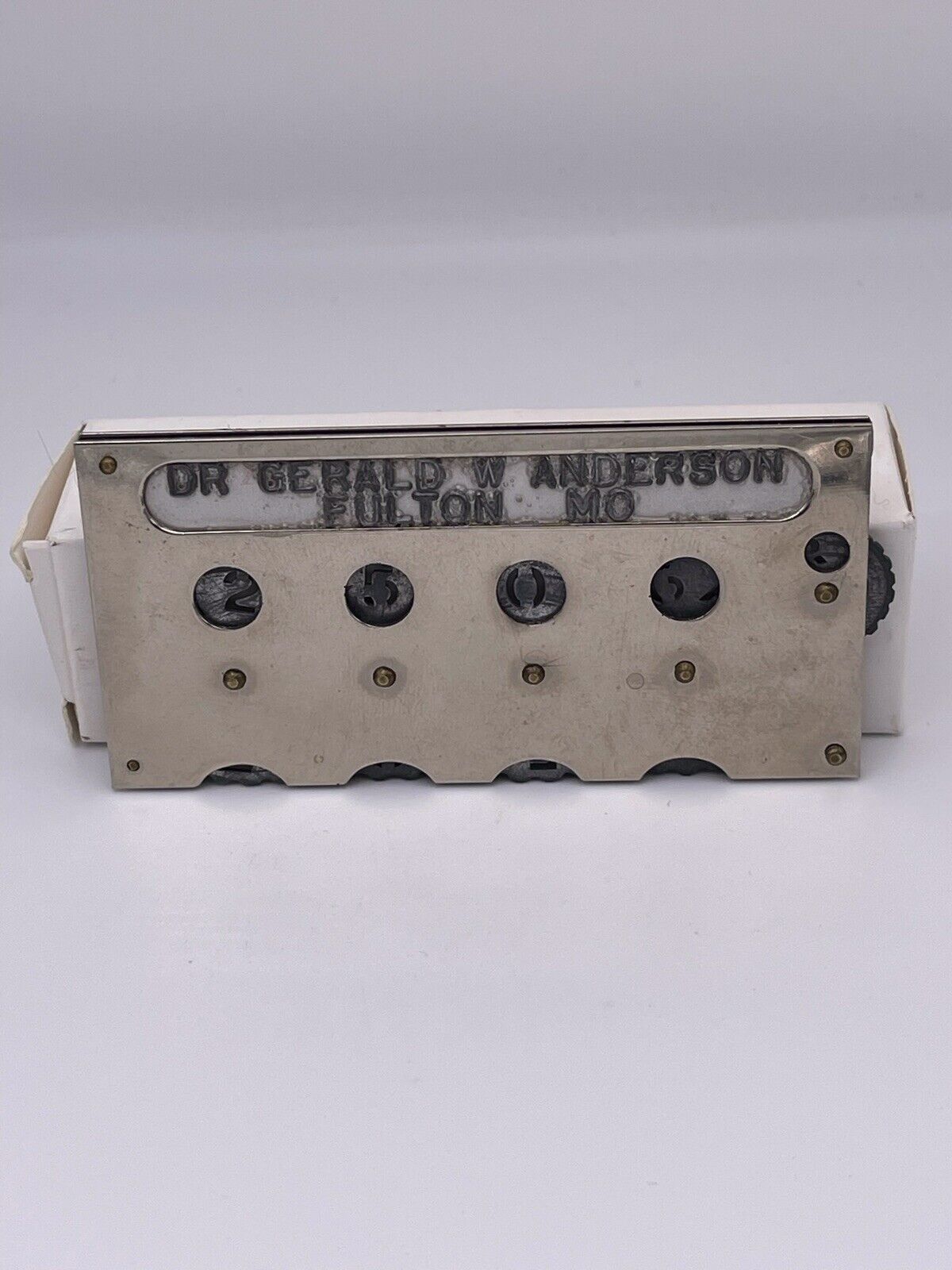-40%
Medical Singing Rheotome Antique Vintage Electric Rheostat (circa 1890s)
$ 194.83
- Description
- Size Guide
Description
Medical Singing Rheotome Antique Vintage Electric Rheostat (circa 1890s). A rare, must-have item for any antique medical device collector, dating from a time when - for better or worse - electrotherapy was all the rage across North America. The device and the wooden carrying case are in remarkably fine condition for their age, and would have been powered by three large 1.5 volt dry cell batteries, placed in the lower compartment (see photos). Batteries not included. Original manufacturer's instructions for use affixed within inner compartment (see photo). This particular 'singing rheotome' was designed by a Dr. William Hutchinson (1838-1893) - see screenshots from the "Canada Medical Record" among the photos, as well as the quotations below from the Wood Library Museum, if you would like to learn more about the history of this device and its purpose.Quoting from the Wood Library Museum of Anesthesiology website about the same make/model Hutchinson singing rheotome that they have in their collection
(https://www.woodlibrarymuseum.org/museum/hutchinson-singing-rheotome/)
...
"Electrical stimulation therapy applies electric current to treat various medical conditions. In the late 19th and early 20th centuries, numerous electrotherapy devices were marketed that falsely claimed a wide range of cures and other health benefits. The American Electro-Therapeutic Association (AEA) was founded in 1891, in part to distinguish quackery from the medical and surgical uses of electricity. One of the AEA's founding members was William F. Hutchinson, M.D. (1838-1893), of Providence, Rhode Island."
"In 1892, Dr. Hutchinson introduced his singing rheotome. A rheotome is an instrument that interrupts an electric current. His instrument used a ribbon of metal that was made to vibrate at high speed. He reported that the rheotome could be tuned to produce sounds in the keys of A, at the lowest rate of vibration, through G, at the highest. He stated that three minutes of treatment with the rheotome tuned to the key of C major (a rate of 450 vibrations per second) resulted in a brief period of local anesthesia, and that fifteen minutes of this treatment produced local anesthesia that could last for days. These claims were refuted at the AEA's 1901 annual meeting, but singing rheotomes continued to be marketed through the end of that decade."
In short about this particular item, in my opinion - it is in the best condition among equivalent historical medical rheotomes that I have run across. I'm only selling it out of an attempt to downsize my collection, and 'antique medical equipment/instruments' do not really fit in with the rest of my acquisitions.
Item is used and has not been tested for functionality. Weighs 9.4 LBS and measures 11" x 10" x 8". Unsure if any of the original cables/wires/accessories are missing. Please inspect the photos carefully and send a message if you have any follow-up questions about condition and/or the device. Free shipping (ground) anywhere within the continental United States is offered (for international and other shipping destinations, the buyer will be charge any shipping costs above ). Item will be well packaged.




















